In One Night in Idaho: The College Murders, the killer’s name isn’t mentioned until the third episode.
Liz Garbus and Matthew Galkin, the filmmakers behind the new four-part series, had other things they wanted to explore when it came to the horrific homicide of four college students in 2022.
That night ended with the slaying of Madison “Maddie” Mogen, 21; Kaylee Gonclaves, 21; Xana Kernodle, 20; and Ethan Chapin, 20. The details of those murders have been put under the overzealous amateur cyber sleuth microscope. One Night in Idaho gives loved ones the opportunity to not only share what this unimaginable experience has been like, but also to share stories and memories of their relationships before this waking nightmare.
Documentarians Galkin and Garbus sat down with The Daily Beast’s Obsessed across two separate conversations to talk about their series. Galkin was fresh from attending the shocker last-minute plea deal hearing in Boise, Idaho. Bryan Kohberger pled guilty on June 30 to the murder of four of his classmates. In exchange for his guilty plea, he won’t receive the death penalty, but instead four consecutive life sentences. This led to a last-minute update to the closing title cards to reflect the guilty confession update.
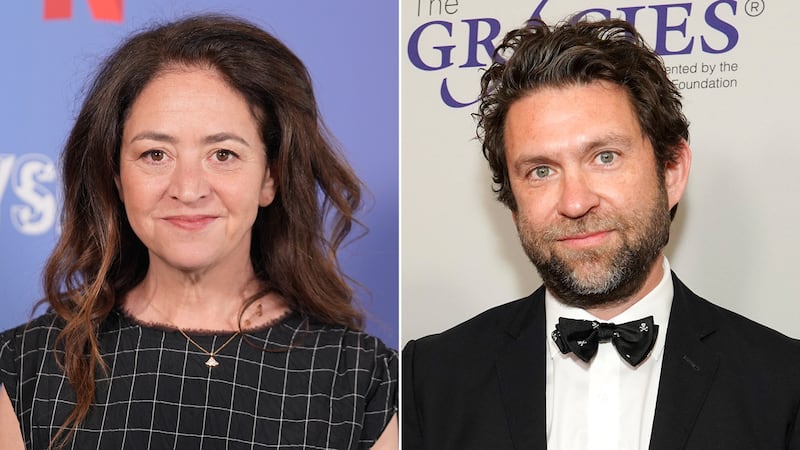
“This is a case that is incredibly well documented, debated, and picked over, and it has almost always been told in one way, usually centered on the perpetrator,” Galkin says. “The intention of our series, and what we hope people will take away from it, is consideration of the other side of that coin, which is the victims and the victims’ families and their friends.”
There are two title cards at the start of One Night in Idaho. The first explains that there is a gag order preventing law enforcement from speaking publicly about the case. The other reveals that many of the participants in the documentary are being interviewed for the first time. It is clear from the outset that time and care have been invested, rather than rushing to capitalize on public interest.
During the fourth episode, I was taken aback by the tears falling down my face, as it is rare for this genre to evoke such strong emotions in me. Maybe it should be the norm.
“Very often in a crime-based project or a true crime project, most of the attention is paid to the perpetrator or the investigation; the victims, their families, and friends are an afterthought. We wanted to flip the script a bit on that,” says Galkin.
One-on-one sit-down interviews with family and friends are the primary focus, filling in the gaps of what occurred the day of the murders and in the immediate and prolonged aftermath. The carousel of videos and photographs of the four deceased students and their friends, taken from TikTok and Instagram, is a constant reminder of a typical 2020s college life stopped short. The docuseries captures 1122 King Road before it became a true crime tourist hotspot through endearing testimonials and images.
Rather than relying on gratuitous crime scene photos, sensationalized reenactments, or unverified speculation, the series utilizes first-person accounts. Friend and King Road neighbor, Hunter Johnson, recalls being the first to find the bodies of Chapin and Kernodle, protecting anyone else in their close circle from seeing what he did. Galkin and Garbus examine how the choices made in the immediate aftermath have been distorted (including Johnson being accused of murder by cyber sleuths), allowing those who were there to speak openly for the first time.
Those raw personal accounts paint a complete picture that includes how the delayed trial has impacted them, their relationship to social media now, and their lives before the killings.
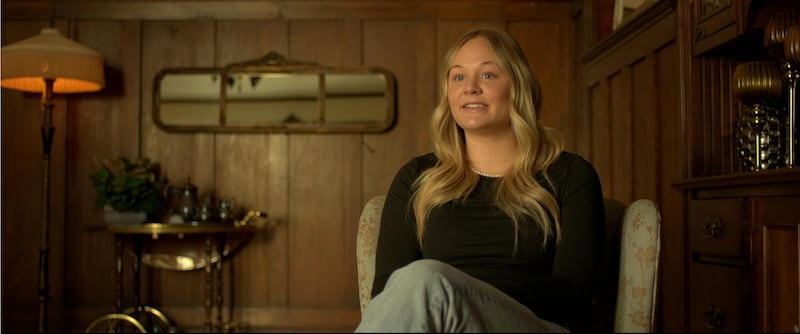
It was also a deliberate decision not to mention the primary suspect, now convicted killer, Bryan Kohberger, until the third episode: “Narratively, of course, it made sense because we were lucky enough to have people who entered the house that morning tell their stories,” says Garbus. “We were telling it from the points of view of the survivors.”
Galkin started following the story in November 2022, not as a documentarian, but “like every other person in the general public,” as it was a whodunnit with no suspect for the first seven weeks of the investigation.
“It wasn’t until there was an arrest made that I started digging in deeper and realized what a hurricane of social media and media attention was being placed on this case,” Galkin says. “At which point, Liz and I joined forces and realized that the story that wasn’t being told was the story in the eye of the hurricane. No one had access to the families for the most part, and certainly not all of the best friends—the kids who had found the victims that morning.”
Though this is their first collaboration, both Galkin and Garbus have worked on notable true crime docuseries (including Murder in the Bayou, I’ll Be Gone in the Dark, and Gone Girls: The Long Island Serial Killer) that focus on the victims and those left behind.
Galkin wrote to the Chapins, the family of Ethan, who was murdered that fateful night, in the spring of 2023, and they agreed to meet him.
After flying out to Washington State, Galkin laid out the vision for telling this story from the inside. He told the family there would be “much less emphasis on the perpetrator of this crime, and much more about the emotional journey that the people at the center of this crime went through.” It was this that resonated with them, marking the beginning of the slow and steady process toward production.
“I think that they saw in me and Matthew—having the time to look at our work and listening to what we said we wanted to do—they felt that they could correct the record,” says Garbus. “Or at least create a record of who Ethan was, what kind of family they are, and also with Ethan’s friends to take back the story that had been put through a sausage grinder of unreality.” (“I do want the story out there. The right story,” says Jim Chapin early in the first episode.)
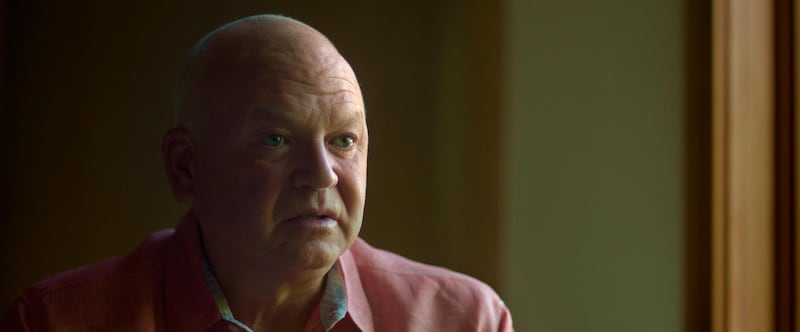
Garbus describes the suspicion, scrutiny, and misconceptions as “another kind of trauma for the family.” It was this opportunity to “recenter the story, [that] they decided that they would take that leap with us.”
From this jumping off point, they built relationships and trust. The interviews with Ethan’s parents, Stacy and Jim, and his triplet siblings, Maizie and Hunter (who were attending the University of Idaho at the same time as Ethan) took place in September 2023.
It took longer to get Maddie Mogen’s mother and stepfather, Karen and Scott Laramie, on board.
“I think that doing interviews for her was really a processing mechanism, but it was probably a processing mechanism she didn’t know that she wanted,” says Garbus. (“A year ago, I couldn’t have spoken to you at all,” says Karen Laramie in the fourth episode)
Everyone connected to the case had journalists knocking on their doors, flooding their inboxes and DMs. That’s a lot for anyone to deal with, let alone college-age adults trying to navigate grief and trauma.
“Not only was the mainstream media reaching out, but there are all of these social media amateur sleuths that were also reaching out, showing up where they live,” says Galkin. “In the case of Hunter Johnson, [people were] accusing him of potentially being the murderer.” The fallout of this is something Johnson shares firsthand. It was Ethan’s mom, Stacy, who was instrumental in connecting Galkin to the core group of friends, including Johnson, Emily Alandt, and Josie Lauteren, all of whom participated in the documentary. Alandt and Lauteren were at the house with Johnson when the bodies were discovered and called 911.
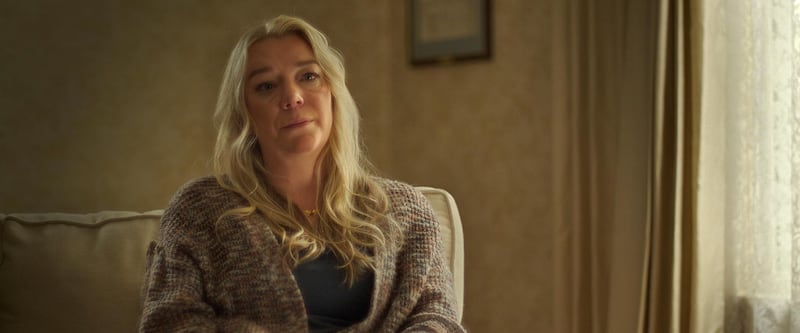
A gag order that prevented law enforcement from speaking in the documentary also included surviving roommates Dylan Mortensen and Bethany Funke as they are key witnesses. (“If there was to be a trial, they would have been called, that is my understanding,” says Galkin.) “I think the friends, [like] Emily Alandt, who was one of Dylan’s close friends, did a very good job of representing Dylan in the series, but we would have loved to have spoken to them,” says Galkin.
Working on a legal case that is still ongoing presents challenges, including an unpredictable timeline. The breaking news of the plea deal added another layer to this story. Rather than go to trial in August, Kohberger entered a guilty plea in all four murders as part of a deal to avoid the death penalty.
“The beginning of the process, you jump off a cliff and hope that you land properly because you just don’t know what your endpoint is going to be,” says Galkin. Initially, the fourth episode was scheduled to be the trial, as the October 2024 date fell within the production window before it was delayed.
“It’s a plus to have an ending and to know where you’re going to land, or at least when you’re going to land,” says Galkin. “But in the case of something like this, we felt confident even before the plea deal that this was a satisfying four-hour arc.”
There was also time for the team to add a title card for its July 11 release, switching out the information about the August trial date to “Kohberger’s defense team entered a plea deal with the prosecution” and “accepted a sentence of life without parole.”
I did ask if Garbus and Galkin were surprised by this legal twist. “I was surprised when I heard about the plea deal, but if you look at statistics, I suppose I shouldn’t have been surprised, because this is how most of these cases do get adjudicated,” Garbus says. “We were expecting there to be a trial.”
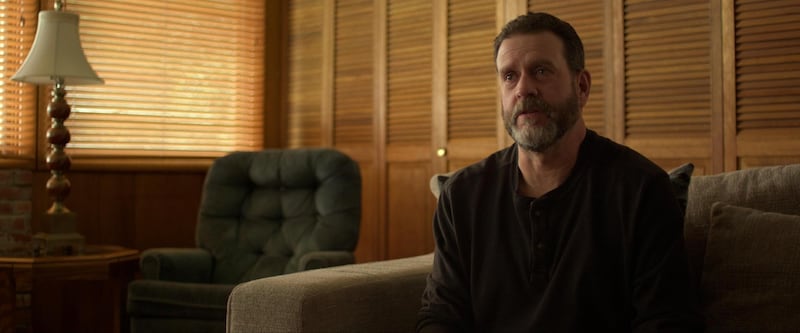
Galkin says he was also “surprised, but not shocked” due to off-the-record conversations he’d had over the last few months. “I knew that this was a possibility. I didn’t actually think that it would happen. I thought it was too high-profile a case for them to plead out,” Galkin says.
What was more unexpected for Galkin was the short 48-hour window of time between the news breaking and the hearing in which Kohberger would formally enter his plea, which meant the families had to scramble to get to Boise. Galkin says it was an “emotionally harrowing and riveting experience” being in the courtroom. “All of the families. All of the friends,” says Galkin. “Pretty much every key person in this case was in the same room at the same time for the first time.”
Whether or not they will pick up the cameras once the gag order is dropped is not something the duo can confirm, but Garbus does have thoughts on the unresolved elements. “Because of a plea deal, there may always be questions about Bryan and about why he did what he did,” says Garbus. “But I have a feeling that there would never be an interesting or satisfying answer.”
The post How the Idaho College Murders Became Must-See TV appeared first on The Daily Beast.




